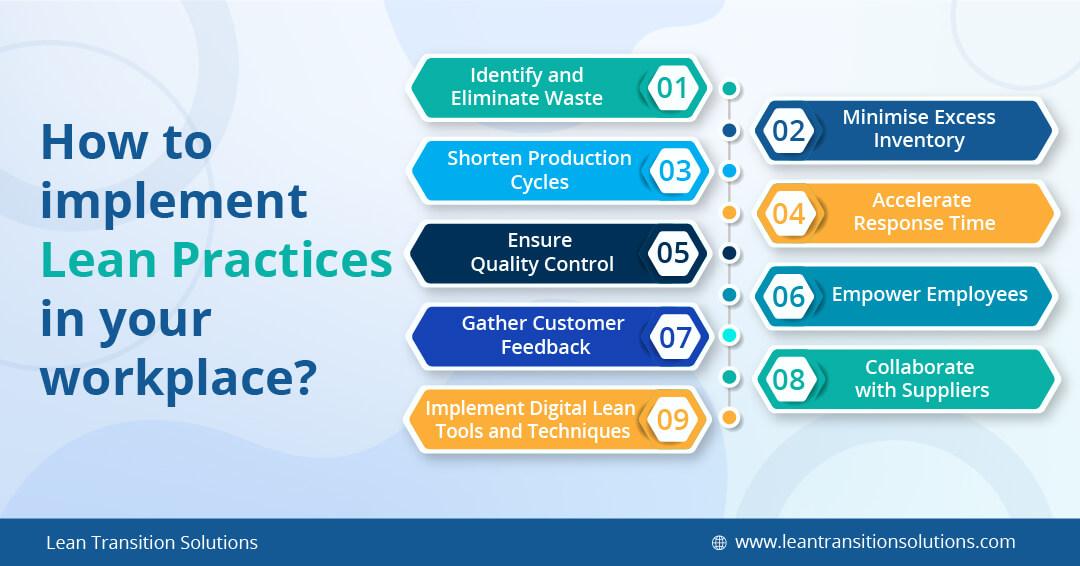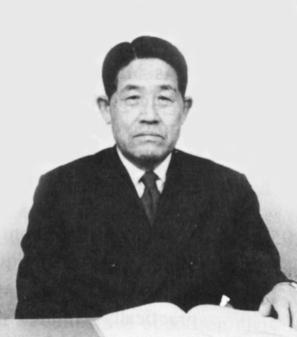In the world of logistics, efficiency is key. Every wasted movement, every unnecessary delay, and every inefficient process can have a ripple effect on the entire supply chain. That’s where Shingo’s Seven Wastes come in. Originally developed by Toyota engineer Shigeo Shingo, this framework identifies seven common factors that contribute to wasted time, resources, and productivity in the realm of logistics, transport, and shipping. By understanding and addressing these wastes, organizations can streamline their operations, reduce costs, and ultimately deliver faster, more reliable service to their customers. Let’s delve into the world of Shingo’s Seven Wastes and discover how they can revolutionize the way we approach logistics.
Understanding Shingo’s Seven Wastes in Logistics
When it comes to optimizing logistics, understanding Shingo’s Seven Wastes is essential for streamlining processes and maximizing efficiency. These wastes, identified by Japanese industrial engineer Shigeo Shingo, are crucial in identifying areas for improvement in the transportation and shipping sector.
From overproduction to defects, the seven wastes – transportation, inventory, motion, waiting, overproduction, over-processing, and defects – can all have a significant impact on the overall efficiency of logistics operations. By identifying and eliminating these wastes, logistics companies can reduce costs, improve lead times, and enhance customer satisfaction. Implementing lean principles and strategies can help mitigate these inefficiencies and create a more streamlined and effective logistics system.

Optimizing Transport Processes in the Supply Chain
In the world of supply chain management, optimizing transport processes is essential for reducing waste and maximizing efficiency. Shingo’s Seven Wastes framework provides a valuable tool for identifying and eliminating inefficiencies in logistics, transport, and shipping operations. By focusing on these seven areas of waste, companies can streamline their transportation processes and improve overall performance.
Some common examples of waste in transport processes include overproduction, excess inventory, and unnecessary transportation. By implementing strategies such as just-in-time delivery, route optimization, and load consolidation, companies can reduce costs, minimize lead times, and improve customer satisfaction. Embracing a culture of continuous improvement and waste reduction is key to success in today’s competitive supply chain environment.

Maximizing Shipping Efficiency with Shingo’s Principles
Shingo’s principles have revolutionized the way businesses approach shipping efficiency by focusing on eliminating waste and maximizing value. By applying these principles to logistics, transport, and shipping processes, companies can streamline operations, reduce costs, and improve customer satisfaction. The seven wastes identified by Shingo provide a framework for identifying inefficiencies and implementing solutions to optimize shipping practices.
By addressing issues such as overproduction, excess inventory, and unnecessary transportation, businesses can achieve greater efficiency in their shipping operations. Implementing strategies to eliminate these wastes, such as implementing just-in-time delivery practices, standardizing processes, and improving communication between stakeholders, can lead to significant improvements in shipping efficiency and overall supply chain performance. With Shingo’s principles as a guide, businesses can unlock hidden potential in their shipping operations and achieve new levels of success.

Implementing Lean Practices for Waste Reduction in Logistics
One of the key principles in is understanding and identifying Shingo’s Seven Wastes. By addressing these inefficiencies, companies can streamline their operations and improve overall efficiency in transport and shipping processes. These seven types of waste include:
- Overproduction: Producing goods or services in excess of what is required by the customer.
- Waiting: Delays in the production process due to inefficiencies or bottlenecks.
- Transportation: Unnecessary movements of materials or products in the supply chain.
- Inventory: Excess stock or inventory that ties up capital and storage space.
By identifying and eliminating these forms of waste, companies can improve their logistics processes, reduce costs, and enhance customer satisfaction. Implementing lean practices requires a commitment to continuous improvement and a willingness to challenge traditional ways of doing business. By adopting a culture of lean thinking and focusing on waste reduction, companies can create a more efficient and sustainable logistics operation.
To Wrap It Up
In conclusion, understanding and identifying Shingo’s Seven Wastes in logistics, transport, and shipping can be a crucial step in streamlining operations and improving efficiency. By eliminating wasteful practices, companies can save time, money, and resources, ultimately creating a more sustainable and successful business model. So, next time you encounter inefficiencies in your supply chain, remember the principles of Shingo’s Seven Wastes and pave the way for a more streamlined and effective operation. Thank you for reading and here’s to a waste-free future in the world of logistics.
